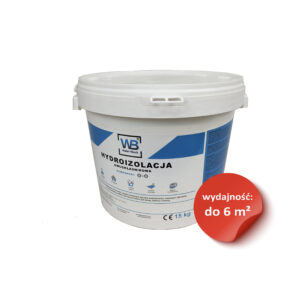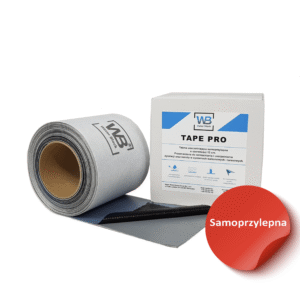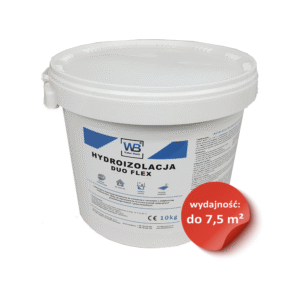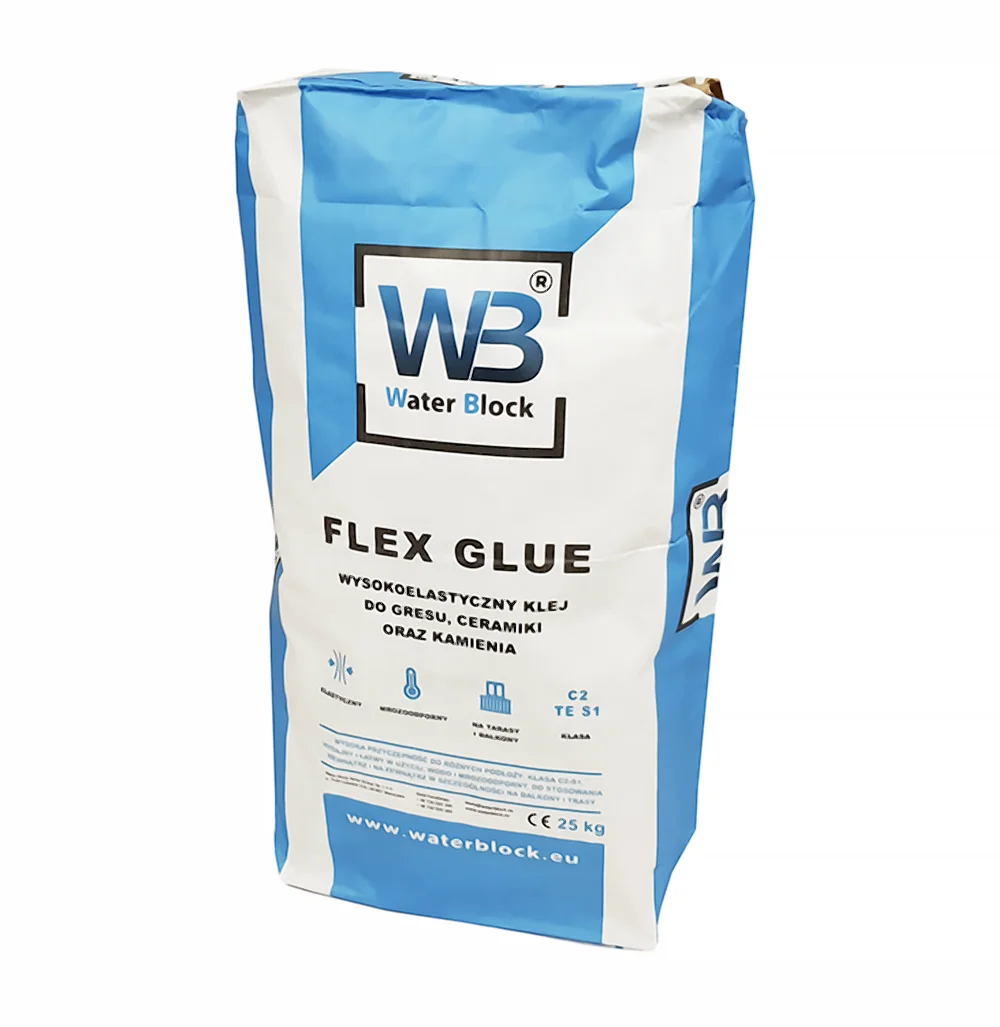Due to a climate with a clear seasonal divide, open pools, i.e. those in the open air, are rare. Indoor pools are much more popular. However, regardless of its type swimming pool insulation plays an important role. By using traditional technology, which is the use of reinforced concrete as the m1TP2Body that forms the base for the pool, any shape and size can be achieved. At the same time, the base and walls of the pool can easily be finished with tiles. Pool waterproofing may be necessary in this case.
This is all because, despite the use of glazing, water seeps into the concrete layer as the glaze is not an insulation. Therefore, one of the best solutions is waterproofing for swimming pools, which is done with waterproofing WB Duo Flex , sealing mat WB Membranes and WB 2K.
In addition to sealing the entire surface, it is necessary to seal all details such as the joints between the various assembly components, corners and expansion joints very carefully with a sealing and reinforcing tape. WB Tape Pro. Waterproofing for swimming pools is a guarantee that the object will be robust and water-resistant.
How to properly insulate a swimming pool:
- Prepare the pool basin by levelling the substrate and cleaning off any dirt.
- Apply the first layer of waterproofing WB DUO FLEX (approximately 2 mm), into which immediately paste the WB Membrane ( see instruction corner )
- The concrete should first be primed with WB PRIMER. Priming not only strengthens the substrate, but above all improves the adhesion of the waterproofing.
- Tape all corners, cracks as well as gully fixing points WB TAPE PRO.
- Remember to make 10 cm overlaps of the membrane
- When applied to the entire surface WB MEMBRANE , you can proceed to layer WB 2K.
- On top of this waterproofing, you can now lay the finishing layer of tiles. Remember to use the right adhesive and grout for this. WB FLEX GLUE and WB FUGE FLEX is an adhesive and grout designed for such demanding areas.




For fixing tiles in under-tile waterproofing systems, specially dedicated adhesive mortars with high elasticity should be used, such as WB Flex Glue. Also very important is the grout, which must be able to withstand continuous water - WB Grout Flex is the joint that performs best in such spaces. A number of such m1TP2Bodies also perform well as insulation for industrial tanks.
Advantages of the system:
Very good adhesion of insulation to concrete and other substrates. The waterproofing in the system with WB MEMBRANE forms a highly elastic layer. It is also resistant to pool water and cleaning agents and maintains constant technical parameters. It can be used as insulation for an expansion tank
The use of WB Membrane together with Waterproofing provides a long-term guarantee of water tightness. The membrane reinforces the substrate and improves its tightness in areas of high water pressure. WB Membrane has a hydrostatic pressure resistance of 0.5 MPa, a temperature resistance of - 30 °C to + 90 °C and a high tensile strength of 13 MPa. It can withstand a water column pressure of 50 metres per square cm. It is also a great insulation for a garden pool.
Concrete pool insulation requires the work to be carried out in the correct sequence. Care must also be taken to ensure that everything is thoroughly secured. This is the only way to achieve a very effective and airtight solution.
Test of a water tank made of WB Duo Flex gydro insulation:
Needed m1TP2Bodies for insulation:
-
 WB 2K (small set)258,30 zł
WB 2K (small set)258,30 zł -
 WB TAPE PRO18,82 zł
WB TAPE PRO18,82 zł -
 WB Primer Primer 2L55,35 zł
WB Primer Primer 2L55,35 zł -
 WB Membrane41,82 zł
WB Membrane41,82 zł -
 WB Duo Flex 10KG270,60 zł
WB Duo Flex 10KG270,60 zł
To finish off the pool:
-
 WB Dilatation50,43 zł
WB Dilatation50,43 zł -
 WB Grout Flex88,56 zł
WB Grout Flex88,56 zł -
 WB Flex Glue67,65 zł
WB Flex Glue67,65 zł
Remember!
If you're not sure how much m1TP2Body you need to make your pool, you can always use our help. Write or call our technical department.
WB TAPER PRO - essential element


